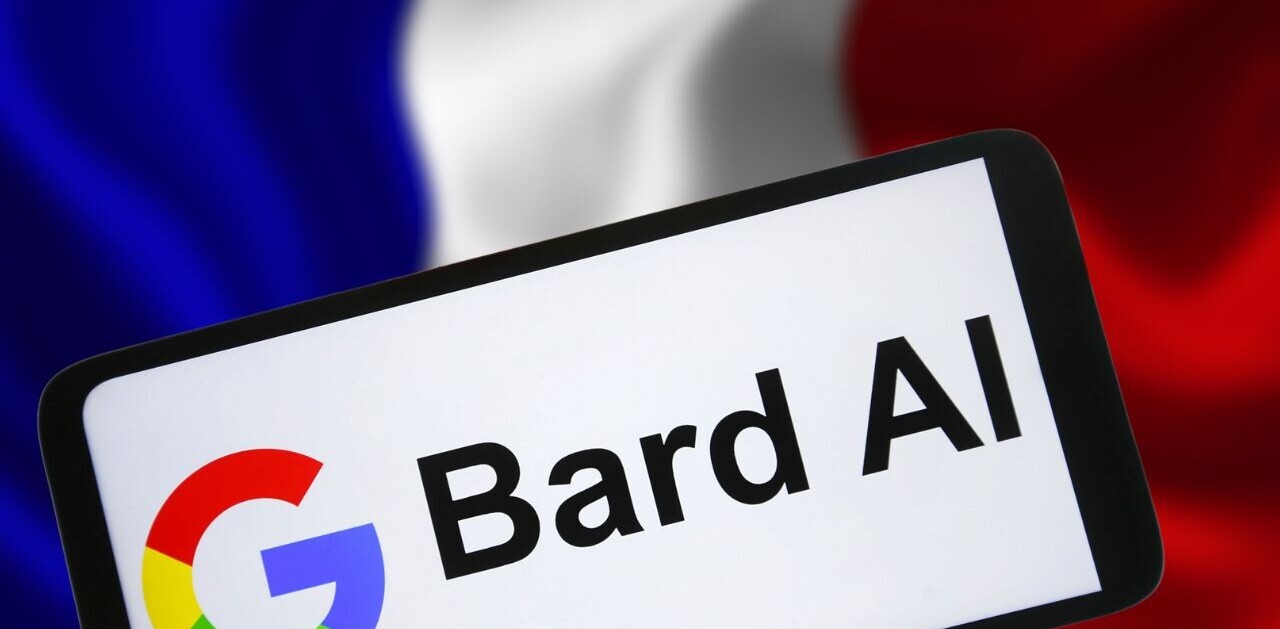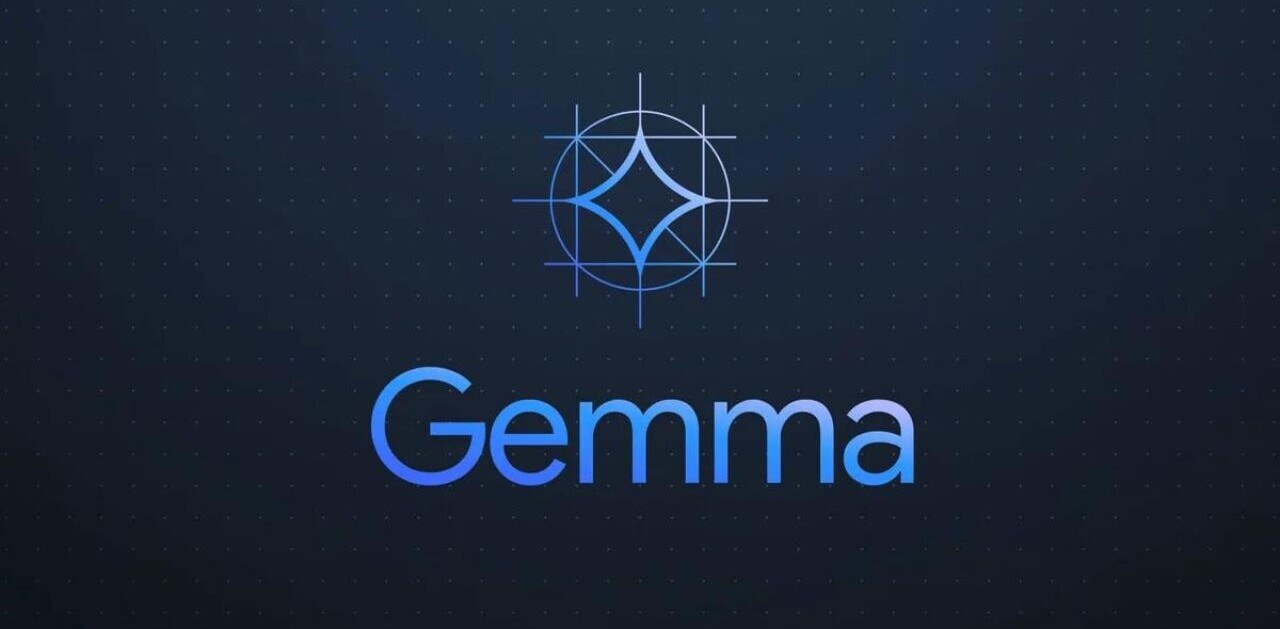
Google released its standalone YouTube app for iOS tonight. We all knew it was coming because Google and Apple both confirmed that YouTube is being dropped in the next version of iOS last month.
But what still isn’t clear is how it will fit into Apple’s built-in sharing service menus and whether the way that it does heralds a change for all third-party apps in iOS 6.
The app itself seems serviceable. It’s essentially the Google+ app that’s been repurposed for YouTube, but it feels relatively quick as it’s based off of iOS frameworks and not web portals. There are some quirks and such and Google’s design aesthetic certainly shows through in the non-standard navigation and resemblance to the Android version of the app. But it’s not terrible.
The app has ads, of course, as that was one of the things that Google could never do on the embedded YouTube app, which was made by Apple. I mentioned ads as the prime directive when iOS 6 was found to be gone from the latest beta and Google launched pre-roll ads for mobile a couple of weeks later. Those ads are now in the app.
But one of the most interesting aspects of the app is that it actually doesn’t allow for video uploads directly. Instead, it uses the same iOS share button that it always has. That button no longer leads to a list of buttons in iOS 6, but uses the new share sheet, which features the icons of the apps and services that Apple approves of like Twitter, Facebook, email and Messages.
Currently, that sheet uses the same YouTube icon that we’ve known since 2007. But that’s actually not the YouTube icon any more, the just-released app has a new, relatively utilitarian red and white version.
So what, right? The icon probably just hasn’t been updated and will be replaced when the next beta or final version of iOS 6 is released.
Ah, but that raises some interesting questions. See, Apple has always treated services that integrate with iOS in one way and third-party apps another. The integration of Twitter, various Chinese social networks and now Facebook are the first times we’ve seen there be a third-party app on iOS that also has integrated system-level sharing options. YouTube always had this status by default because it wasn’t actually Google’s app, it was Apple’s app that accessed the video site.
If the new icon is placed in that sharing menu, it will lead not to Apple’s now defunct built-in YouTube app, but out to a third-party app. That’s a significant change.
Now that YouTube is a pure third-party app, will it be included on the share menu? I’m thinking that it probably will…maybe. If it does, that will mean that it is the third outside ‘network’ to get integrated into iOS after Twitter and Facebook (or maybe the first, depending on how you look at it). Other possible additions include Vimeo and Flickr, both of which are integrated into Mountain Lion, but have yet to be announced for inclusion in iOS 6. 
So, what does that mean for other third-party apps that would like to be included in the action sheet? If YouTube is there, why not them? Why couldn’t you, for instance, hit the action button in Safari and tap an Instapaper or Pocket icon to save that page for later reading? Or…and this is taking it a step further…tap the action button inside one third-party app to perform an action inside another?
Well, it turns out that the reason you can’t is because Apple doesn’t want you to, at least not yet.
What we’re hearing, and have been hearing for a while now, is that Apple has set up a system similar to XPC on the Mac, for iOS. To simplify greatly, it allows small processes to be run independently in order for certain tasks to be performed separately from the main functions of an app. As developer Grant Paul points out, Apple’s Mail app already uses this technique for the compose view.
Apple has created these special view controllers, components of iOS that display objects on the screen for you, in order to make their fancy new action sheets work. And they could easily open them up for third-party developers to take advantage of as well.
This would, effectively, open up an official gateway for inter-app communication, one of the biggest major wishes of almost every iOS developer I talk to.
You could trade information and projects back and forth from one app to another without having to use the awkward ‘Open in…’ command that iOS uses now. You could also perform commands using one app’s tools without having to actually open that app. Got an app that processes images as Polaroids? You could tap the icon for the app in the action sheet while viewing an image and have it processed for you instantly without opening the app. These are just a couple of crude examples.
It would certainly address some of the criticism towards iOS when it comes to flexibility and communication between apps.
Anyhow, what we’ve heard is that it’s definitely something that Apple is considering making available to developers, but that it likely won’t arrive with iOS 6, but instead with a future version down the road. Here’s hoping for sooner.
Get the TNW newsletter
Get the most important tech news in your inbox each week.





